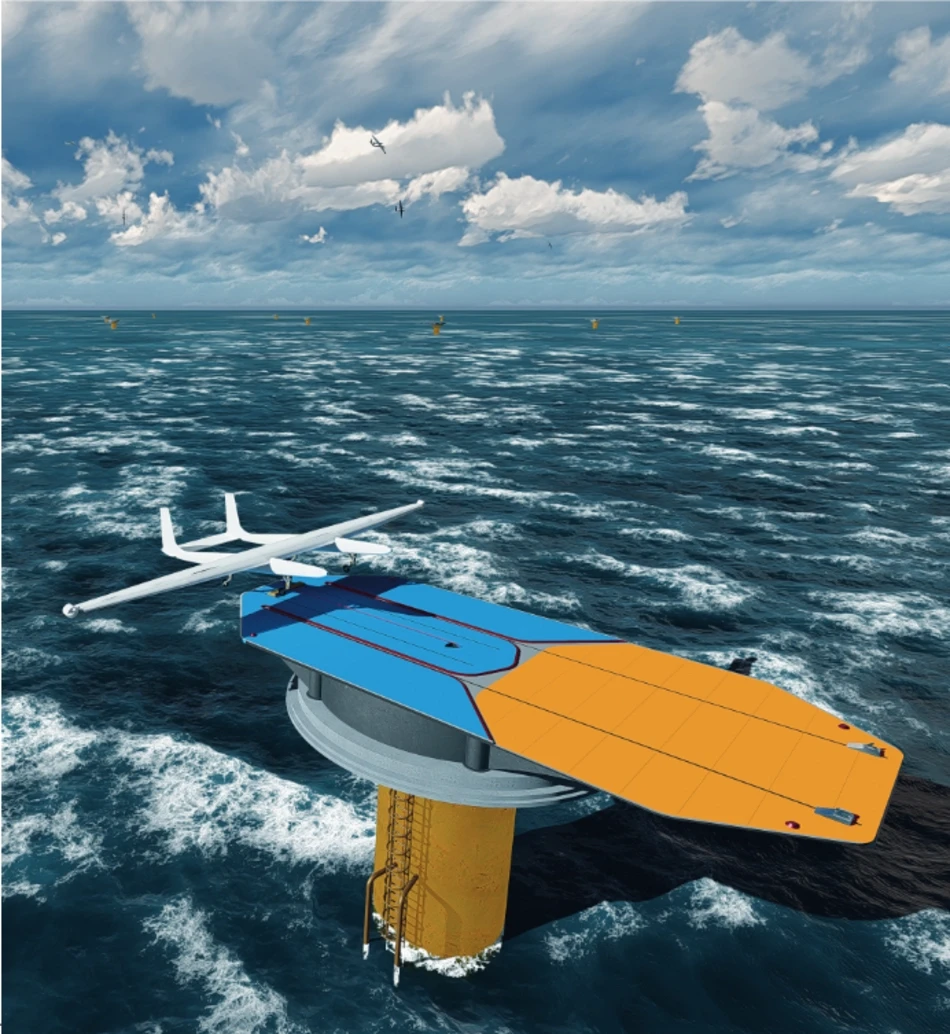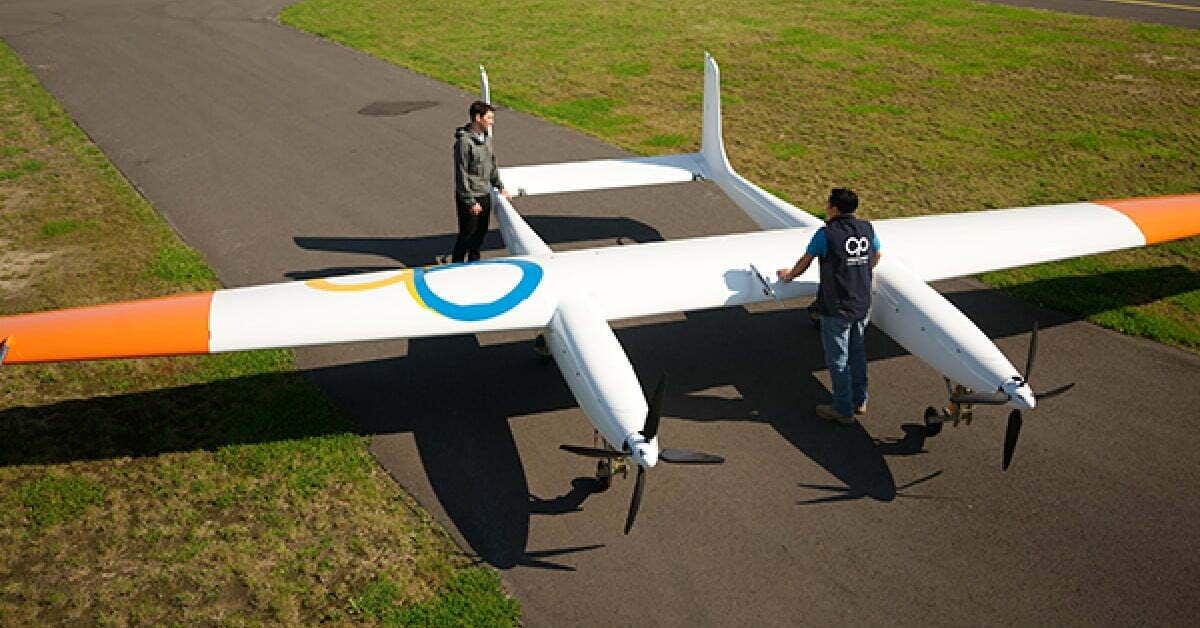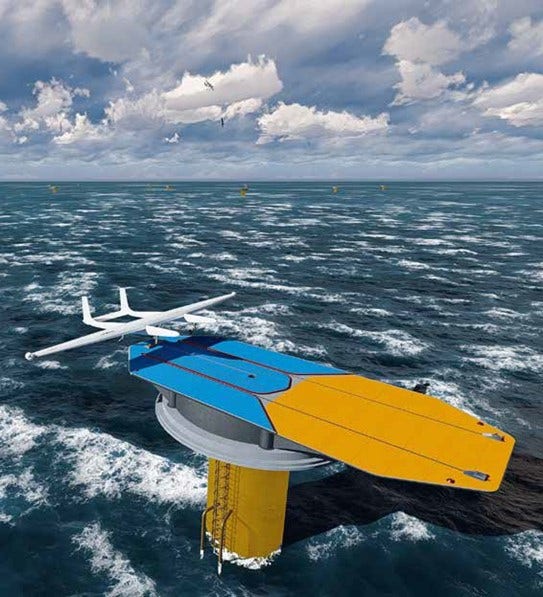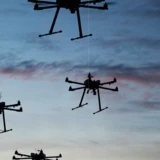Drones to conquer upper winds

A few hundred meters high, well above large turbines, winds are stronger and more constant. How best to harness them ?
The idea of a “flying wind turbine” goes back to the early 19th century, but it took as long as the late 20th to be actually explored. Ampyx Power, a Dutch company created in 2008, now with a team of 45 experts from 20 countries, has come up with an astonishing solution: wind farms of tethered drones.

It is a complex technology relying on a simple principle. The drone is connected via a cable to a generator placed on the ground (or on water). While flying at an altitude between 200 and 450 meters, in figures of eight, it pulls on a cable driving a generator, which converts movement into electricity. All this happens automatically: the drone, packed with sensors, takes off, flies and lands on its platform without any assistance.
Smaller than a single blade of a wind turbine, the glider and its platform require 90% less material, meaning drastic cost reductions. The drones can be used both on and off shore, also where it is economically impossible to install traditional wind turbines, thus multiplying sites suitable for generating wind energy. Ampyx Power also highlights that the visual, noise and environmental impact is much less than that of large wind turbines. As for danger of collisions with birds, due to the zigzagging drones and the cables, the first estimations show the same risks as with wind turbines.

The Ampyx Power team
After three generations of prototypes, Ampyx Power is almost ready to fly a fully functional prototype in real conditions. As far as 24 hours/7 days a week autonomy, avionics, night flight and extreme conditions are concerned and in case of emergencies, such as sudden drops in the wind or cable breakage: everything will be tested, analysed and improved.
European Aviation Safety Agency certified commercial models are scheduled for 2020. The first ones will be 2.0 MW systems with a 30 m wingspan. They will replace wind turbines with similar power in early offshore wind farms, as they will arrive at the end of their lifetime. Their platforms will be installed on the masts of the removed turbines.
The second, 3.0 MW models, will address the re- powering of second generation offshore wind turbines. Ampyx Power is currently studying the feasibility of using them on floating platforms.
Onshore installations will only start being deployed after the operational track record has been established offshore. This is another major potential market for the Dutch company.
Ampyx Power estimates that the energy yield of one of its parks, once optimized, will be two times more than conventional wind parks, at a mere fraction of the costs.
The International Renewable Energy Agency, an intergovernmental organization to promote adoption and sustainable use of renewable energy, has full trust in the various airborne wind turbine technologies. In their 2017 report, they estimated a major impact on the wind turbine market as of 2025.

The autonomous aircraft landing on its platform


